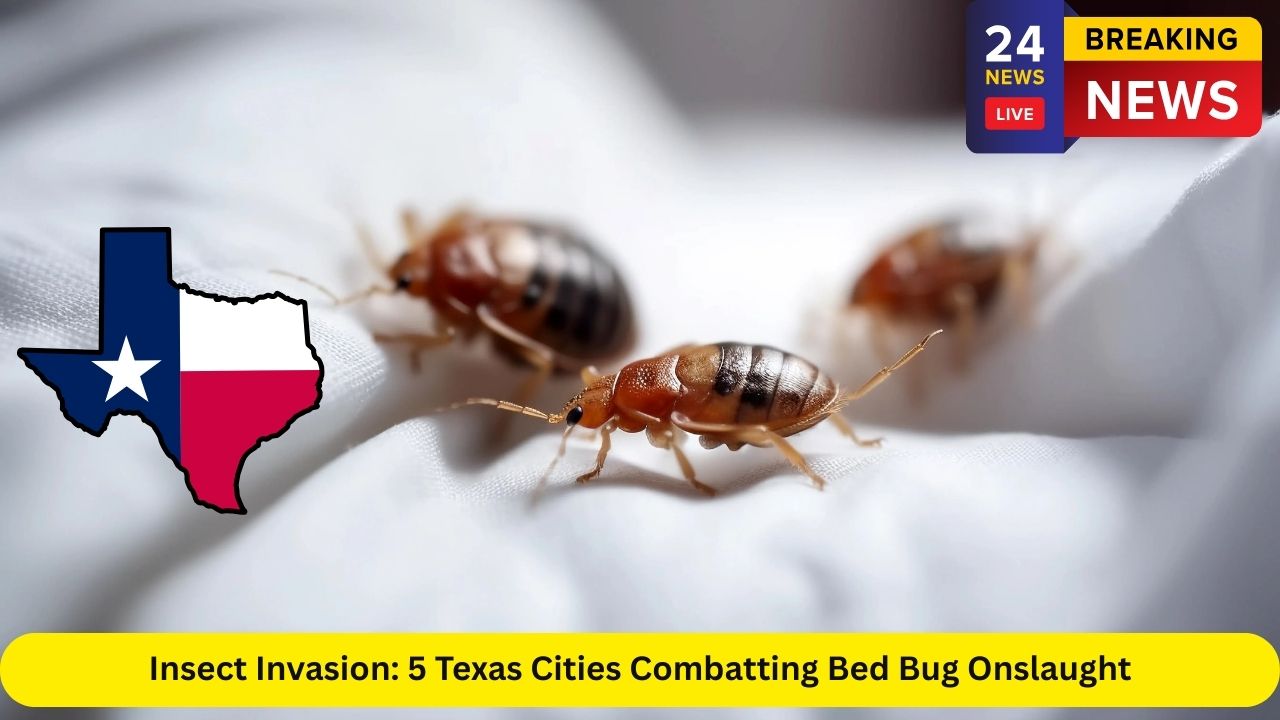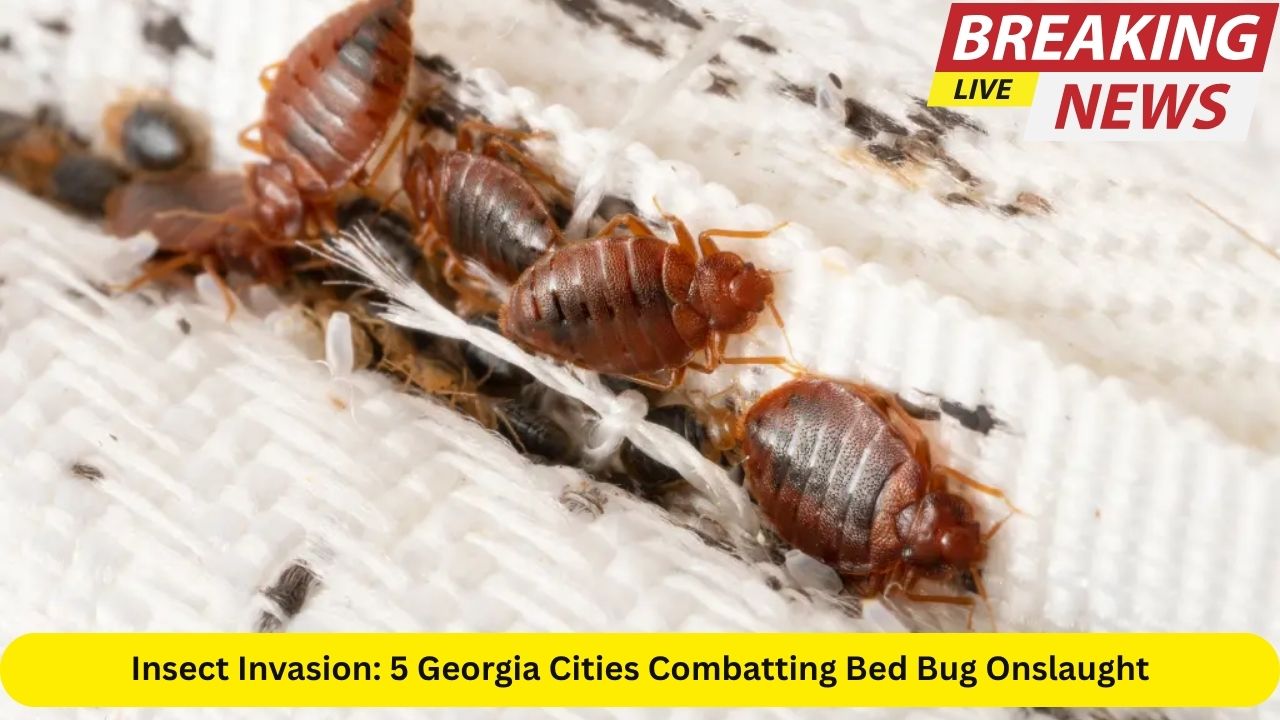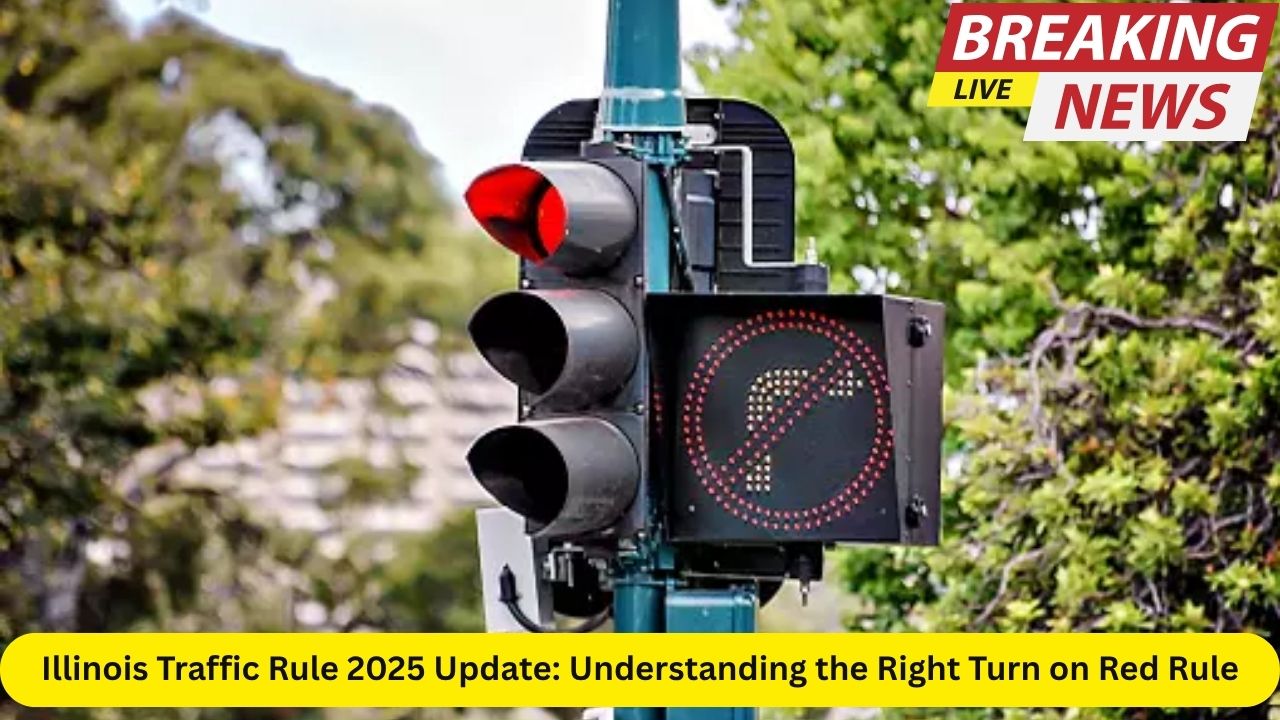The saying “everything is bigger in Texas” unfortunately now applies to a growing and unwelcome problem: bed bugs. These persistent, blood-sucking insects have staged a comeback in recent years across the United States, and Texas has found itself among the top states facing serious infestations. Whether it’s urban centers like Houston or border cities like El Paso, Texans are dealing with itchy bites, sleepless nights, and costly extermination bills.
While bed bugs don’t spread diseases, they cause significant psychological distress and economic damage. From homes and apartments to hotels, schools, movie theaters, and even public transportation, the insects are proving to be highly adaptable. Let’s examine how five major Texas cities are combatting this modern pest problem and what residents can do to protect themselves.
Understanding the Bed Bug Problem in Texas
Bed bugs (Cimex lectularius) are small, reddish-brown insects that feed exclusively on blood, usually at night. Once thought nearly eradicated in the U.S., they have made a dramatic resurgence since the early 2000s due to increased travel, pesticide resistance, and lack of public awareness.
According to a 2025 pest control industry report, Texas ranks among the top ten states with the highest number of bed bug-related extermination calls. The bugs thrive in densely populated urban areas, where movement of people is high, and early detection is often delayed. Texas’ warm climate also gives these insects a longer breeding season compared to colder northern states.
Now, let’s look at five Texas cities on the frontlines of the bed bug battle.
Houston: Ground Zero for Bed Bug Infestations
Houston, the largest city in Texas, has consistently ranked in the top 20 for bed bug infestations nationwide. Pest control companies in the city report an increase in service calls every year, especially during the spring and summer months.
Why Houston Is So Vulnerable
Houston’s status as a major international hub with two busy airports makes it a gateway for bed bugs hitchhiking in luggage. High-density housing, including apartment complexes, dormitories, and public shelters, further facilitates their spread.
In 2024 alone, pest control companies in Houston reported over 9,000 calls related to bed bugs. The city’s multi-family housing developments are particularly vulnerable, as bed bugs can travel between units through electrical outlets and wall voids.
How Houston Is Fighting Back
To combat the growing threat, the City of Houston Health Department launched an awareness campaign targeting property managers and hospitality businesses. Bed bug-sniffing dogs have also been deployed in public buildings and schools to help with early detection.
Private pest control companies in Houston are increasingly using heat treatment and advanced cryogenic freezing methods, which have proven more effective than traditional pesticides.
Dallas: High-Tech Solutions to a Persistent Problem
Dallas is another Texas city facing a widespread bed bug issue. The metroplex area, including Fort Worth, has seen a noticeable increase in infestations over the last five years, particularly in commercial spaces like hotels and office buildings.
Rising Numbers in Dallas
Reports suggest a 30% increase in residential and hotel bed bug treatments between 2023 and 2025. With more than 1.3 million people, Dallas’s sprawling neighborhoods offer plenty of hiding spots for bed bugs to flourish.
Bed bugs in Dallas have also infiltrated public buses and light rail systems, prompting concern among commuters. Even hospitals and nursing homes are not exempt, with several facilities reporting temporary closures due to infestations.
Innovative Approaches in Dallas
Dallas is fighting back using data-driven technology. Several local pest control companies are leveraging machine learning to predict hotspots based on historical data and seasonal trends. Smart traps with real-time monitoring are being installed in high-risk zones to track infestations before they become widespread.
The city’s Code Compliance Department has also introduced stricter rules for landlords, requiring them to address bed bug complaints within a specific time frame and use licensed professionals for extermination.
San Antonio: Education and Community Engagement at the Forefront
San Antonio, known for its rich history and vibrant tourism industry, is not immune to the bed bug crisis. With over 35 million visitors each year and a large population of renters, the conditions are ripe for an outbreak.
The Bed Bug Burden in San Antonio
Between 2022 and 2024, there was a 45% increase in reported bed bug cases across Bexar County. The infestations are not limited to homes; several local hotels and motels have been flagged for recurring bed bug violations.
A worrying trend has emerged with the infestation of daycare centers and schools, sparking outrage among parents and teachers.
Community-Based Responses
In response, the city has prioritized community education. The San Antonio Metropolitan Health District conducts regular workshops and has published multilingual guides on how to identify and prevent bed bugs.
Neighborhood associations are organizing “Bed Bug Patrol” days, where volunteers go door-to-door checking on vulnerable residents, especially seniors and disabled individuals who may struggle to detect or report infestations.
Austin: The Capital’s Struggle with Sustainable Solutions
Despite its reputation as one of the most progressive and environmentally conscious cities in the U.S., Austin has not escaped the bed bug scourge. Its booming population, high rate of short-term rentals, and influx of students and tech workers have made it a hotspot.
A City on the Rise, and So Are the Bed Bugs
Austin has experienced a 28% year-over-year increase in bed bug-related service requests. Bed bugs are commonly found in student housing near the University of Texas at Austin, as well as in Airbnbs and hostels.
Tenants in East Austin and the Riverside area, where many lower-income residents live, have reported difficulty convincing landlords to take prompt action on infestations, leading to prolonged suffering and even displacement.
Green Treatment Options in Austin
To stay true to its eco-conscious values, Austin is experimenting with green pest control methods. Integrated Pest Management (IPM), which includes steam treatments, diatomaceous earth, and minimal use of chemical pesticides, is being promoted.
Nonprofits like Austin Tenants Council are offering free legal clinics to help renters deal with unresponsive landlords, and tech startups are testing mobile apps to allow real-time reporting of pest issues in multi-unit dwellings.
El Paso: A Border City Battling Silent Infestations
El Paso, sitting on the U.S.-Mexico border, has emerged as an unexpected epicenter of Texas’s bed bug resurgence. Due to high cross-border mobility and housing instability, the pests have established strong footholds in parts of the city.
The Quiet Spread in El Paso
While El Paso doesn’t top national infestation lists, local pest control professionals warn that underreporting is a major issue. Many low-income residents may not have the means to hire exterminators, leading to DIY methods that worsen the spread.
Public shelters and temporary housing facilities have been particularly hard-hit, with staff struggling to stay ahead of outbreaks due to high turnover and resource limitations.
Cross-Border Collaboration and Local Efforts
Efforts are now underway to create cross-border awareness campaigns in both English and Spanish. Local hospitals and health departments in El Paso and Ciudad Juárez are working together to educate patients and communities on how to identify and prevent bed bugs.
The City of El Paso is also partnering with local universities for research on low-cost, non-toxic treatment solutions suitable for vulnerable populations.
Economic Costs of Bed Bugs in Texas
Bed bugs are not just an annoyance—they are expensive. In Texas alone, the pest control industry has estimated that residents and businesses spent more than $300 million on bed bug treatments in 2024.
A single heat treatment in a residential setting can cost anywhere from $1,200 to $3,500, depending on the severity of the infestation. Hotels risk losing thousands of dollars in lost bookings and potential lawsuits, while landlords face costly tenant disputes.
Moreover, residents often suffer psychological effects such as anxiety, insomnia, and social stigma, which cannot be easily measured in dollars.
Prevention Tips for Texans
While municipalities and pest control companies do their part, individuals can take proactive steps to avoid bed bug infestations:
Inspect hotel rooms: Check mattress seams, headboards, and furniture before settling in.
Be cautious with used furniture: Avoid picking up discarded sofas or beds from curbs.
Travel smart: Keep luggage off the floor and inspect your belongings after traveling.
Vacuum regularly: Especially around baseboards, beds, and sofas.
Report early: If you suspect an infestation, act quickly before it spreads.
The Road Ahead: Policy, Innovation, and Vigilance
The bed bug crisis in Texas is far from over. However, the state’s cities are learning to adapt through policy changes, innovative technology, and increased public awareness. As infestations grow more complex, a unified response involving local governments, the private sector, and residents is essential.
The challenge now is to maintain momentum. Continuous education, strict enforcement of housing codes, and investment in pest management research will be key in ensuring Texas doesn’t fall deeper into this itchy nightmare.
Conclusion
From Houston to El Paso, the bed bug onslaught has tested the resilience of Texans across income levels and housing types. While each city has responded in its own way—some with tech, others with community engagement—the common thread is clear: bed bugs are a statewide issue requiring collective action.
With vigilance, education, and innovation, Texas can turn the tide against these tenacious pests and reclaim peace of mind for its residents. But until then, it’s best to keep a flashlight near the bed—and maybe think twice before sitting on that secondhand couch.
















Leave a Reply